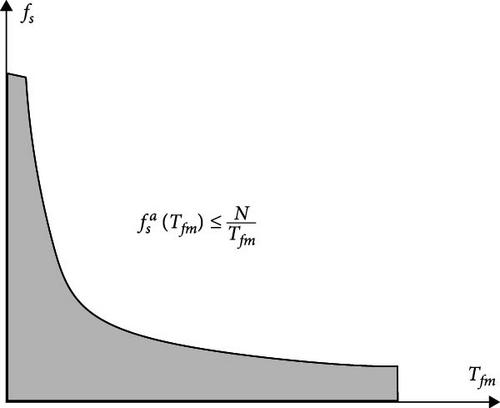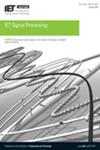Real-time locating systems (RTLSs) suffer from clock synchronization inaccuracy among their distributed reference nodes. Conventional systems require periodic time synchronization and typically necessitate a two-way ranging (TWR) clock synchronization protocol to eliminate their measurement errors. Particularly, frequency-modulated continuous-wave (FMCW) time-based location systems pose unique design considerations on the TWR that have a significant impact on the quality of their measurements. In this paper, a valid operation design diagram is proposed for the case of an FMCW time-based TWR synchronization protocol. The proposed diagram represents an intersection area of two boundary curves that indicate the functionality of the system at a given frequency bandwidth, spectral length, and clock synchronization ambiguity. It presents an intuitive illustration of the measurement’s expected accuracy by indicating a larger intersection area for relaxed design conditions and vice versa. Furthermore, the absence of a working condition can easily be detected before proceeding with the actual system development. To demonstrate the feasibility of the proposed diagram, four scenarios with different design constraints were evaluated in a Monte-Carlo model of a basic TWR system. Moreover, an experimental measurement setup demonstrated the validity of the proposed diagram. Both the simulation and experimental outcomes show that the indicated valid conditions and the distribution of the measurements’ accuracy are in very good agreement.



